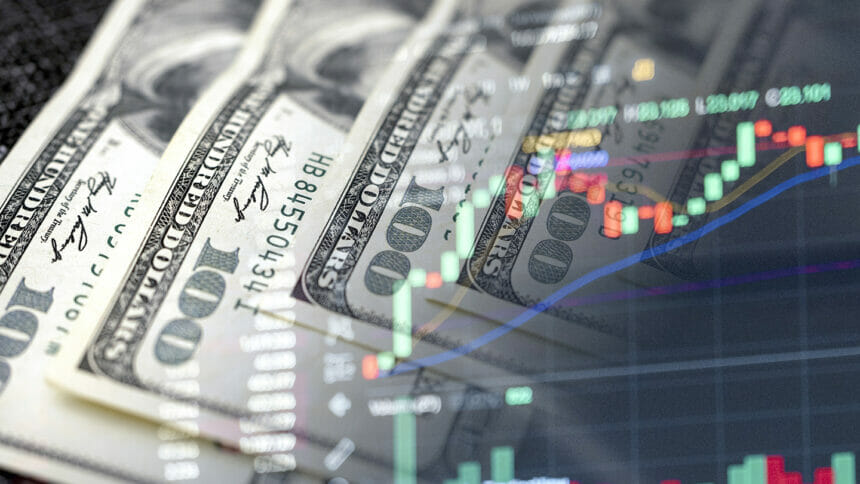
Some companies have spent more on stock buybacks than on improving wages, retirement contributions or capital improvements over the past five years, according to a recent report from The Institute for Policy Studies.
“Buybacks artificially inflate executive stock-based pay and siphon corporate dollars out of worker wages and productive long-term investments,” according to the report’s authors.
All but seven of what the institute dubs the “Low-Wage 100” — 100 S&P 500 corporations — used stock buybacks from 2019 through 2023, spending an aggregate of $522 billion.
“From 2019 through 2023, nearly half of Low-Wage 100 companies — 47 in all — plowed more corporate cash into buying back their own shares of stock than investing in capital improvements,” according to the report.
The 20 largest US companies on the list have, over the past five years, spent nine times as much on stock buybacks as on employee retirement plan contributions, according to the report. “CEOs at these companies are continuing to enrich themselves at the expense of both their workers and the long-term effectiveness of their firms,” the authors said.
They suggest that CEO–worker pay gaps must be tightened through public policy.
“Higher tax rates on companies with wide CEO–worker pay gaps would create an incentive to both rein in executive pay and raise worker wages, all the while generating significant new capital for vital public investments,” the authors wrote.
The pending Curtailing Executive Overcompensation Act, for example, would apply an excise tax to companies that have above a 50:1 CEO-to-median-worker pay disparity, they noted. “Had this bill been in effect in 2022, it would have raised more than $10 billion from the Fortune 100 largest US companies alone,” according to the report.
Additionally, the authors noted that the Tax Excessive CEO Pay Act pending in Congress would tie a company’s federal corporate tax rate to the size of the gap between its CEO and median worker pay. The legislation, they said, would generate an estimated $10 million over 10 years.


